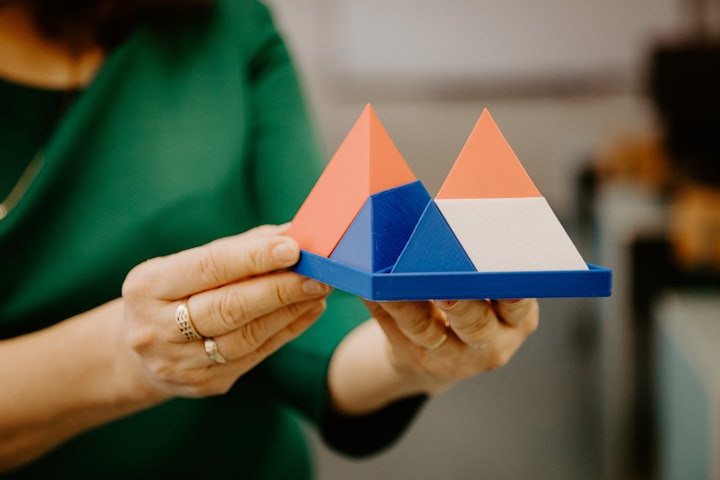USE OF CONSTRUCTIVISM IN MODREN TEACHING MODELS
Benefits of employing Constructivism in the teaching learning process

Constructivism is a learning theory that emphasizes the active role of learners in constructing their understanding and knowledge through their experiences and reflection during the learning process. The principles and concepts of constructivism suggest that learning can become more meaningful and effective when learners are actively engaged in the learning process.
The principles of constructivism
The phenomenon of constructivism works on the following principles:
Active Learning. It Emphasizes the active role of learners in constructing their understanding through experiences and reflection. So, the learning of students increases if they are actively involved in the teaching-learning process through various active learning strategies.
Prior Knowledge. It means recognizing the importance of students' prior knowledge and experiences in shaping their understanding of new concepts. Knowledge of prior learning of the students is essential to build their learning on the already learned concepts. In this way learning of new concepts becomes more easy for students.
Social Interaction. Social interaction is the acknowledgement of the influence of social interactions and collaboration on learning, as learners construct knowledge through interactions with others. In this connection, the interaction of students with More Knowledgeable Others (MLO) is more important along with peer interactions.
Authentic Tasks. Giving authentic tasks encourages meaningful, real-world tasks and problem-solving activities to promote deeper understanding.
Multiple Perspectives. Respecting multiple perspectives is important in recognizing that learners may interpret and construct knowledge differently based on their unique perspectives and experiences.
Modern Teaching Model
There are many teaching models which are based on constructivism. Out of all these teaching models, we will focus our discussion on the 5E model of teaching. The 5E teaching model is an inquiry-based approach to teaching science. It consists of five phases: Engage, Explore, Explain, Elaborate, and Evaluate. This model encourages student participation, hands-on /mind-on learning and exploration to promote a deeper understanding of scientific concepts.
Role of Constructivism in 5E teaching model
Constructivism holds a foundational value in the 5E instructional model. This approach emphasizes exploration, hands-on / mind-on learning, and the construction of knowledge by the learner. Constructivism is integrated at each level of the 5E teaching model.
Engage
This stage initiates curiosity and activates prior knowledge. The use of constructivism at this stage might involve posing questions or scenarios that prompt thinking, discussion, and reflection to stimulate curiosity and connect new learning to what they already know. Learners are actively engaged as their thinking is stirred and curiosity is generated.
Explore
This stage encourages active exploration. Learners engage firsthand in activities, experiments, or research to experience the concepts. Learners could solve problems, perform experiments, or collaborate with others to understand concepts rather than just receiving information passively. Constructivism is the encouragement of exploration among them.
Explain
Through constructivism, learners articulate their understanding at this stage of the 5E teaching model. Learners will explain concepts in their own words, discuss with peers, or present their findings. This step helps solidify their understanding and allows for the correction of misconceptions. This stage helps students in retention of the knowledge gained.
Elaborate
The elaborate stage implies that the learners apply their understanding in different contexts or delve deeper into understanding the subject. Learners will engage in case studies, projects, or additional experiments to expand their knowledge and explore related concepts or applications. Learners have reached a stage where they can utilize their concepts on their own.
Evaluate
Using evaluate stage in light of the phenomenon of constructivism includes encouraging ongoing assessment to gauge understanding. Students can assess their learning, reflect on their progress, and revise their understanding based on the feedback provided. It fosters a continual learning process.
Integrating constructivism within modern teaching models like the 5E model means prioritizing students’ active engagement, exploration, and the construction of knowledge through firsthand experiences and interactions, rather than merely receiving information from an instructor. Students are not passive learners. They are actively participating and enhancing their understanding of the knowledge and concepts.
About the Creator
Miss Shamim Akhtar
I am a humble teacher, language specialist, and mentor dedicated to fostering growth through knowledge sharing. Let's explore the world of knowledge together in pursuit of excellence and professional development. #EducateInspireGrow






Comments (1)
Well written! Good job!